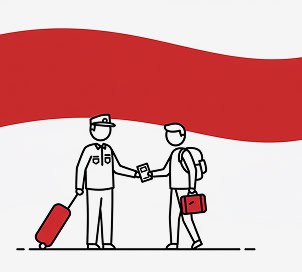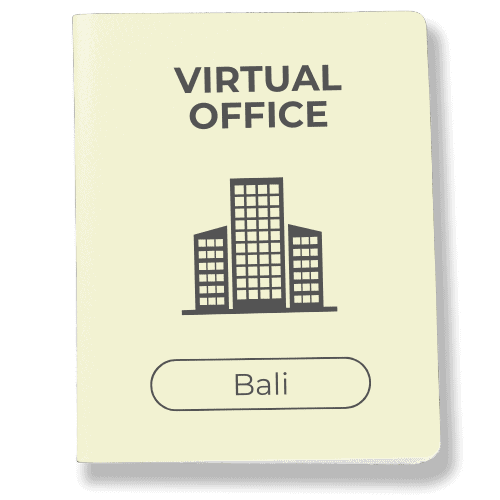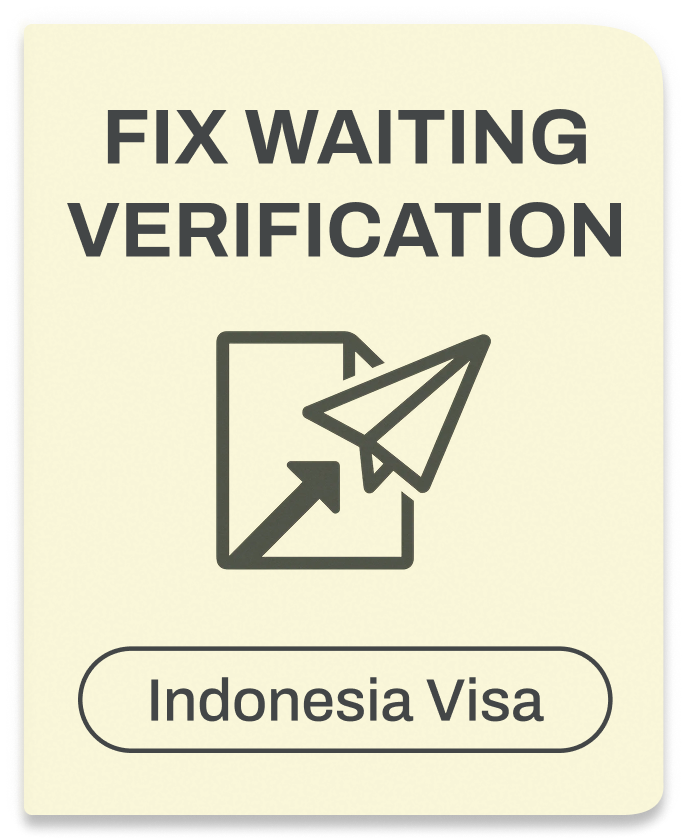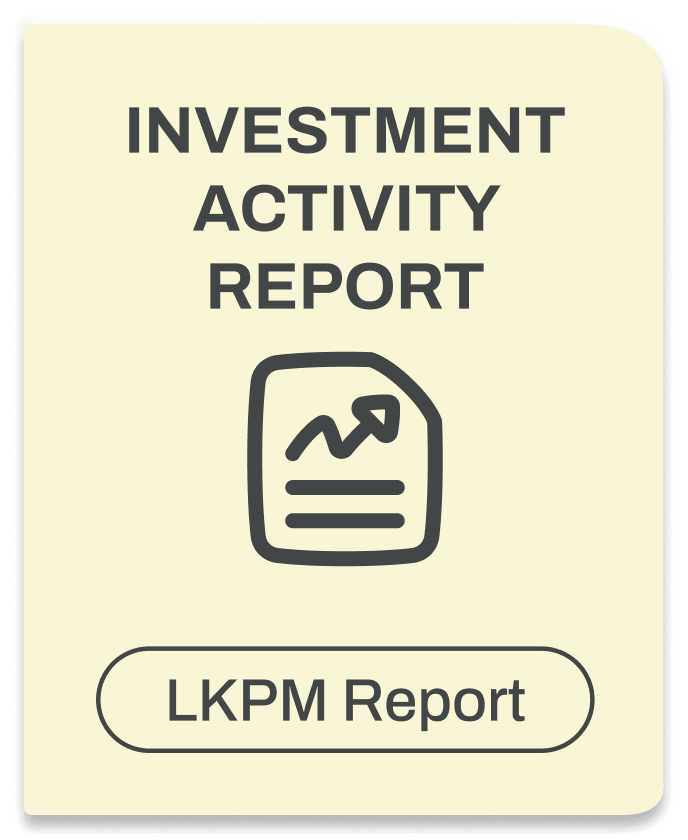The New Bali Airport Baggage System (2025)

Security lines at Bali Airport are now 50% shorter. The Bali airport baggage system changed in mid-2025, and travelers immediately felt the difference. Instead of screening everything at one bottleneck, checked bags move through inline inspection right after check-in.
Departing: Check in your bags → inline baggage inspection → security screens carry-on only → gate. Done in minutes.
Arriving: Immigration → baggage carousel → customs QR scan → exit. Trolleys and porter assistance are available throughout.
Ready? Let’s start with what changed in 2025 and why it finally works.
What Actually Changed in The New Bali Baggage System 2025

In June 2025, Bali Airport began adjusting how baggage inspection happens. By July and August, the new baggage check system rolled out across terminal buildings, and international passengers immediately noticed something: the lines got way shorter.
Here’s why. The airport removed entrance X-ray scanners that used to screen everything coming into the terminal. Now, checked baggage checks happen right after you hand them to airline staff at the check-in counter through an inline inspection process. You don’t have to take it to a separate security measure checkpoint. It moves automatically.
When you head to security, airport security screens only your cabin baggage and carry-on luggage, not your checked baggage, because the baggage inspection already happened. This simple shift means one fewer bottleneck and reduces interaction points significantly. People who used to spend 20 or 30 minutes waiting their turn now move through in about 10.
The timing reflects international aviation safety standards and the national aviation security program requirements. This change wasn’t random. It happened during the slower travel season in Bali (June is typically quieter before school breaks), so the airport team could test the new baggage systems without overwhelming staff.
From a security perspective, the new baggage inspection process actually strengthens flight safety. Instead of rushing through X-ray machines at a single checkpoint, the inspection happens methodically after check-in, allowing airport and airline staff time to detect dangerous objects and verify compliance with flight rules.
Before You Fly: The Baggage Rules You Actually Need to Know
Every airline has different baggage allowances and fees. Before you pack a single item, check your airline’s website; they spell out exactly how much you can bring, what sizes your bags need to be, and what they’ll charge if you go over. Bali Airport doesn’t decide this; it’s your airline’s call.
Bali has some specific items that deserve attention, especially when considering security measures regulated by international aviation safety standards.
- Power banks and batteries are restricted on checked baggage (they can start fires mid-flight), so pack those in your hand luggage.
- Aerosols, spray deodorant, sunscreen, hair spray, also belong in carry-on luggage only, and you’re limited to a certain amount.
- Electronic cigarettes are similarly restricted. If you’re bringing spices, sauces, or other liquids, keep them under 100 milliliters total in a clear bag for your cabin baggage, or pack them in checked baggage.
- Sports equipment like surfboards, diving gear, and scuba tanks need airline pre-approval before being transported. The same goes for anything fragile or oversized.
Call or email your airline at least 48 hours before your flight to avoid carrying prohibited items and ask about fees.
For packing smartly, remember that the new baggage screening system is fast, but it helps to cooperate. Pack your cabin baggage so anything liquid or suspicious (sunscreen, lotion, liquids) is easy to pull out at the passenger security checkpoint. Shoes, belts, and light jackets usually go through fine, but electronics larger than a phone should come out. If you’ve got a laptop, have it ready. The faster you move through, the faster everyone does.
Arrivals: Getting From Your Gate to the Exit, Step by Step
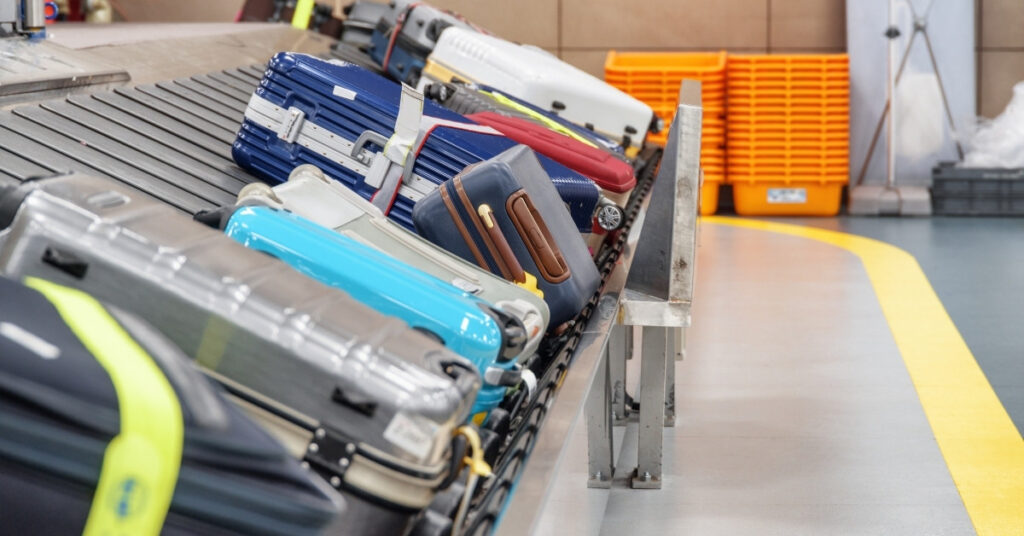
Here’s the exact flow once your plane lands and you walk out into the Bali heat.
First, you’ll clear immigration. If you haven’t already, fill out your All Indonesia form before you land; it’s required for entry and customs. Then follow the signs to baggage claim.
The baggage carousels have giant digital screens above them that show which carousel your flight’s luggage inspection and claim area will be at. Watch these screens; they update constantly, and some flights shift carousels at the last minute. Your airline also announces it over the speaker system, but the screens are your backup. Find the right one and wait. Bags usually take 15 to 30 minutes to arrive, depending on how many flights landed right before yours.
Here’s where trolleys and porters come in. Trolleys are free and everywhere throughout the airport terminal; grab one near the baggage claim area. Porters (people who’ll carry your bags for you) also hang around the baggage hall.
The Bali Airport website lists the standard rate as IDR 10,000 per bag (about USD 0.60). In practice, travelers commonly add an additional tip of IDR 10,000–20,000 per bag, and some give IDR 20,000–50,000 for heavier loads or extra help.
Before a porter touches your bags, agree on a price. Get their porter number (they wear badges) so you have a reference if anything goes wrong. Never hand over cash until the job is done.
If your bag is huge or you’ve got something fragile, there’s usually a separate pickup point for oversized or delicate items in the airport buildings. Staff members near the baggage carousels can point you there, or look for signage in the baggage hall.
When Your Bag Doesn’t Show Up: What to Do Now
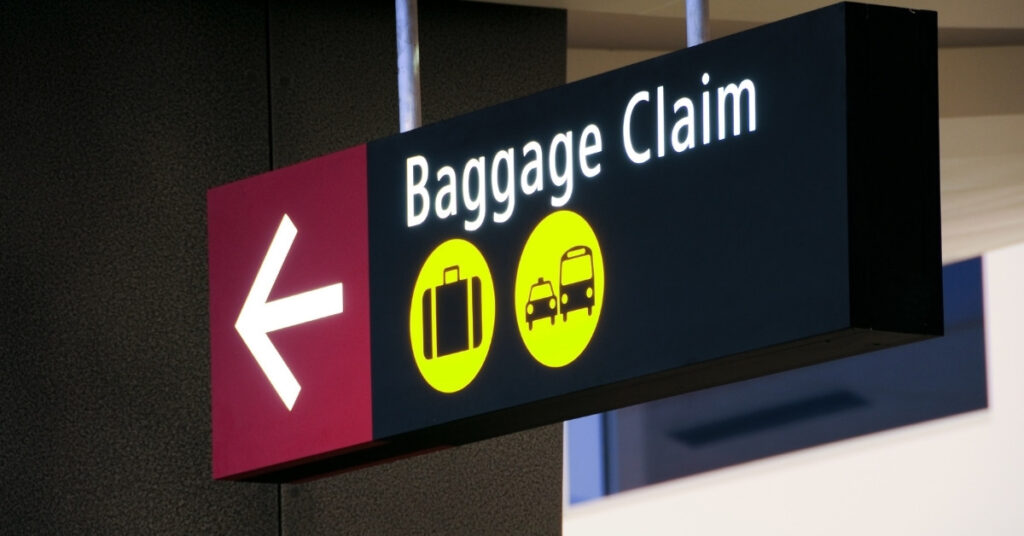
If your bag is missing, delayed, or arrives damaged, don’t panic. There’s a process, and it works.
Walk straight to your airline’s baggage counter near the baggage claim area. If you can’t find it, ask any airport team member; they’ll walk you there. Have your boarding pass ready.
The airline counter staff will fill out a Property Irregularity Report (PIR). This is your claim form, and it documents what’s missing or damaged, along with your contact info. Get a copy for yourself. The airport and airline staff will also give you tracking information and a reference number. Write this down somewhere safe, you’ll need it to follow up.
Missing bags almost always turn up within 24 to 48 hours. The airline will deliver it to your hotel or accommodation for free, so please provide your exact address and phone number. They’ll call when they’re coming.
For damaged bags, take photos immediately, showing tears, dents, broken zippers, everything. Snap pictures of your belongings, too, if the bag opened during transit. These photos matter for your claim.
If the damage is severe, file a claim with your airline’s customer service headquarters (usually online or by phone; they’ll give you the contact info). Some airlines require the claim within 14 days; some give you longer.
If your bag stays lost after a week or two, escalate to the airline’s main office and file a formal claim for the value of your belongings. Keep all receipts and photos. Travel insurance can help here, too, if you have it.
Customs and Your Baggage: The New Digital System Explained
After you grab your bags, you’ll exit the baggage claim area where customs officers are stationed. They scan your QR code from the All Indonesia app with a reader. The code shows them all your information and any customs declarations you’ve made.
You can declare certain items: how many bottles of alcohol you’re bringing (limit is 1 liter), tobacco (limit is 200 cigarettes or 50 cigars), currency over USD 10,000, and valuable goods like jewelry or electronics. If you’re under the limits, you’ll clear quickly. If you’ve got a lot of new electronics or luxury items, they might ask a few questions, but it’s usually just a quick chat.
The QR scan happens at the baggage hall exit or just before it, you’ll see the signage. Don’t skip this step. You can’t leave without scanning. Once the QR is scanned, you’re free to go and begin your Bali holiday.
Departures: Checking Bags and Getting Through Security the Right Way
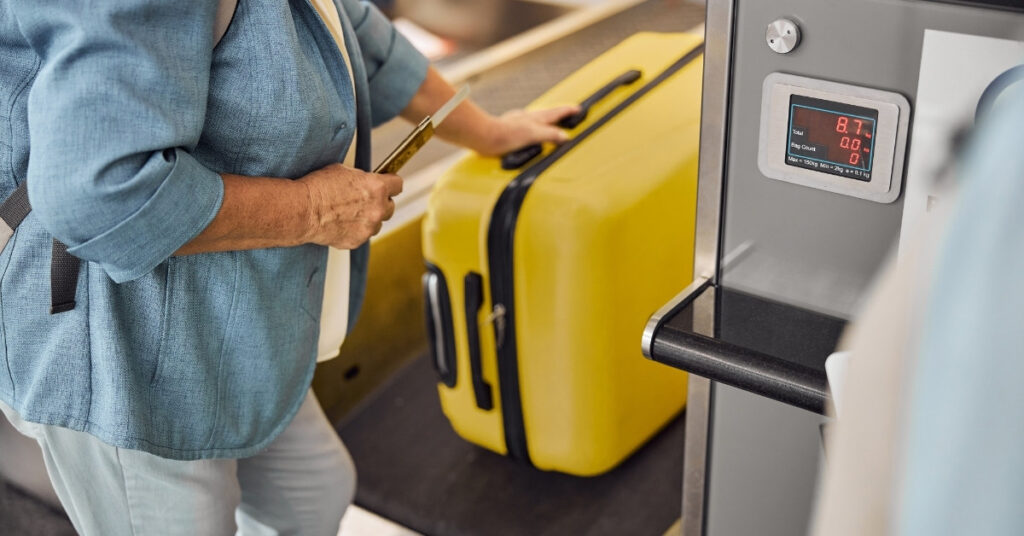
When you arrive at Bali Airport to leave, follow these steps through the domestic departure terminal or international section.
Find your airline check-in counters and hand over your checked baggage. The airline staff will weigh it, print your baggage tag, and move it along to be scanned. Your bag gets inspected in linee after check-in; no separate security checkpoint is needed.
If your bag needs wrapping to protect it (think: stickers all over it, or you want extra padding), wrapping services are near the airline check-in counters. It costs a few dollars and takes a few minutes. Some airlines let you wrap at the counter; others have a dedicated drop-off area for wrapping. Ask your airline staff.
Next, you’ll head through the passenger security checkpoint with your cabin baggage and personal items. This is where airport security screens only your hand luggage now, your checked baggage was already inspected at check-in.
Take off your shoes and belt if you want (some people do, some don’t; either’s fine), pull out your liquids bag and electronics, and walk through. It’s quick. The X-ray machines and inspection equipment now focus solely on cabin baggage checks, which streamlines passenger flow considerably.
Each airline has a baggage cutoff time, usually 2 to 3 hours before departure. Some international flights want 3 hours; some domestic flights from the domestic departure terminal want 2. Check your airline’s website or your boarding pass for the exact time. Don’t be late; they’ll leave without your bag.
Special Items: Surfboards, Strollers, Instruments, and Mobility Devices
If you’re bringing something unusual, get airline pre-approval first. Surfboards, strollers, musical instruments, and wheelchairs all have specific rules, and different airlines handle them differently.
Call or email your airline at least 48 hours before your flight. Ask if the item is allowed, whether there’s a fee, and how to pack it for safety. Some airlines let surfboards go free; others charge USD 50 to 150. Strollers usually fly free but might be gate-checked (meaning you hand it over at the plane door instead of at the airline check-in counter). Musical instruments often need to travel as carry-on to stay safe, ask if you can bring it with you instead of checking it.
At Bali Airport, oversized items like surfboards are typically handed back to you right before you board, so they don’t get mixed into the regular baggage. If you’ve requested fragile handling, airport and airline staff should mark your bag with a big “FRAGILE” sticker and try to load it gently, though there’s no guarantee. Taking a photo of the sticker helps if something breaks. Mobility devices, wheelchairs, and walkers are free and treated carefully, but give the airline a heads-up.
Baggage Storage, Lockers, and Left-Luggage Services
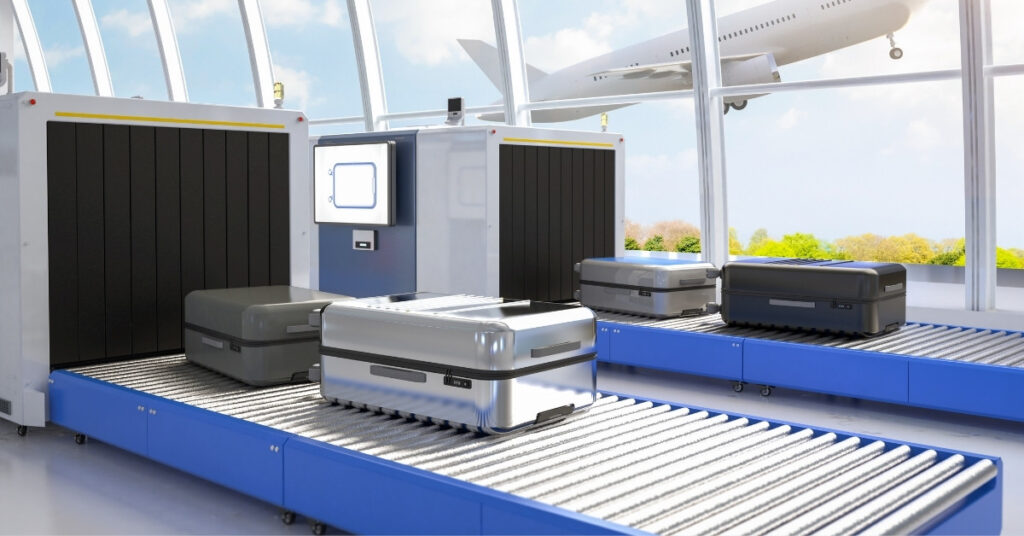
Maybe you’ve got a long layover or you want to explore Bali before checking into your hotel. Left-luggage services exist at Bali Airport.
There’s an on-airport left-luggage facility near the baggage claim area in the airport buildings. You can contact them through bali-airport.com or ask any airport team member.
Day rates vary; typical prices run IDR 50,000 to IDR 150,000 per bag per day, depending on size. Some lockers are smaller (for a backpack), some fit entire suitcases. It’s secure and reliable.
Off-airport storage near the terminals also exists, mini-storage places a short ride away, sometimes cheaper. Be cautious though. Look for places with reviews and locked storage cages. Avoid anybody offering random “storage” out of someone’s garage or a converted closet. If it looks sketchy, it probably is.
Honestly, if you’re only storing for a few hours, your hotel is often the better choice. Call the hotel where you’re staying that night and ask if they’ll hold your bag in their storage room. Most do it free, even if you’re checking in later.
If you’re staying somewhere fancy, they almost certainly will. It’s more convenient than the airport. Consider baggage delivery services for longer-term storage (6 hours to several days). Some companies will pick up your bag from Rai International Airport and hold it, or deliver it directly to your next location. These aren’t cheap, they can run USD 10 to 20 per bag, but if you’ve got a complicated itinerary, they’re worth it.
Accessibility and Traveling With Kids
Bali Airport remains committed to accessibility. Wheelchair services are available throughout the airport terminal. If you need a wheelchair, just ask any airport team member. They can provide one and help you move through the baggage area. Wheelchair services don’t cost anything.
Accessible bathrooms are located throughout the terminal buildings for passenger comfort. There’s also a dedicated special needs counter if you require additional assistance during your check in process.
If you’re traveling with a stroller (beyond the special items guidance above), priority seating is available in waiting areas for families and those needing extra rest. Priority chairs are also available in the departure waiting room. For families with lots of kids’ gear, porters are genuinely helpful. You can’t carry five bags plus three kids at once, and porters will take everything off your hands for a few dollars.
Safety, Scams, and How to Sail Through Smoothly
Bali Airport baggage areas are generally safe, but here are the real-world tips from the airport team’s security perspective.
- Always agree on a price with a porter before they touch your bags. Unsolicited offers of “express service” or “VIP help” that appear out of nowhere are red flags. If someone comes up to you offering quick assistance, they’re likely hoping for an inflated tip. It’s fine to say no. Legitimate porters wait at official porter stands and are clearly identifiable.
- Bag wrapping is genuinely useful if your luggage is old, has a broken zipper, or you’re nervous about it getting damaged. It costs USD 3 to 7 and gives you peace of mind. Skip it if your bag is new and solid.
- Mark your bags so you can identify them instantly. Paint your initials in bright nail polish, wrap a colored ribbon around the handle, or put a unique sticker on them. This will ensure you grab the right one from the carousel and help with Lost & Found if something goes missing.
- AirTags, Tiles, or similar tracking devices are excellent to pack inside your bag. If your luggage gets lost, you can track it on your phone and inform the airline about its location. Many airlines can retrieve bags once they know where they are.
- Take a photo of your packed bag’s contents before you leave your hotel. It sounds paranoid, but that photo proves what was inside if you need to file a damage or loss claim. Seriously, just do it.
Frequently Asked Questions
Where is Lost & Found exactly? There’s a dedicated Lost & Found counter near baggage claim. Contact them at the Bali Airport information desk, or call bali-airport.com’s main line. If your airline lost the bag, contact your airline’s baggage office first; they usually locate it faster.
Can I store my luggage for 6 to 12 hours? Yes. The on-airport left-luggage facility at Bali Airport handles this, or call your hotel and ask them to hold it. It’s secure and straightforward.
What are the current porter fees? The official rate is IDR 10,000, but passengers tip IDR 20,000 to IDR 50,000 per bag. Always agree on the price before they move your bags.
Is wrapping available at peak hours like 3 a.m.? Wrapping services operate during busy hours (usually 5 a.m. to 11 p.m.) when passenger flow is highest. If you land at 3 a.m. and need wrapping, wrap your bag at your hotel in the morning or skip it. Call the airport info desk to ask about current hours before your flight.
Do I need to re-screen my bags on a domestic transfer? Yes. If you’re flying domestic (like from the domestic departure terminal to Jakarta on a connecting flight), you’ll go through the passenger security checkpoint again, and your cabin baggage will be rescreened. Your checked bag gets tagged straight through to your final destination. Give yourself an hour between domestic flights to be safe.
What if my bag arrives damaged, but my airline says it’s not their fault? File a claim with your airline anyway and provide photographic evidence. Your airline is responsible for damage that happens during their handling. If they deny the claim, escalate to their headquarters. Travel insurance sometimes covers this too.
Can I pack batteries in checked baggage? No. Lithium batteries (in power banks and electronics) belong in hand luggage only, as regulated by international aviation safety standards. They can catch fire in the cargo hold. Pack them with your cabin baggage.
How early should I arrive for check-in? For international flights, arrive 3 hours early to allow time for the new baggage check system, security measures, and boarding. For domestic flights from the domestic departure terminal, arrive 2 hours early. This gives you time to check in at airline check-in counters, clear the passenger security checkpoint, and relax in the departure lounge before boarding. The new baggage screening system is faster now, but don’t cut it close, especially during peak hours or religious holidays when Bali sees increased travel.
Ready to Apply or Extend Your Visa?
Let our visa specialists handle your application.

